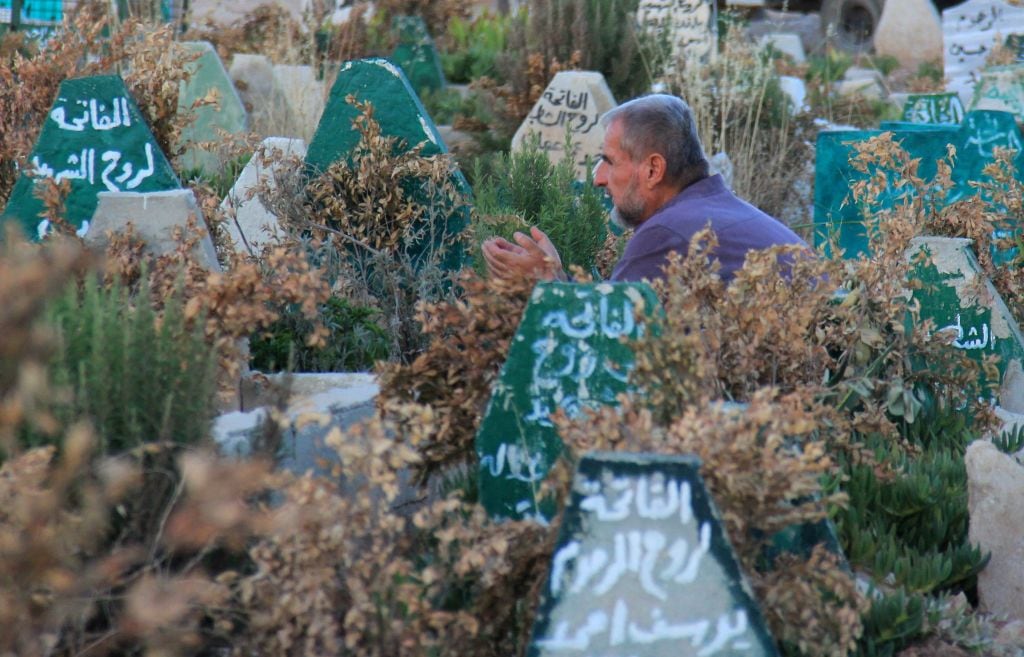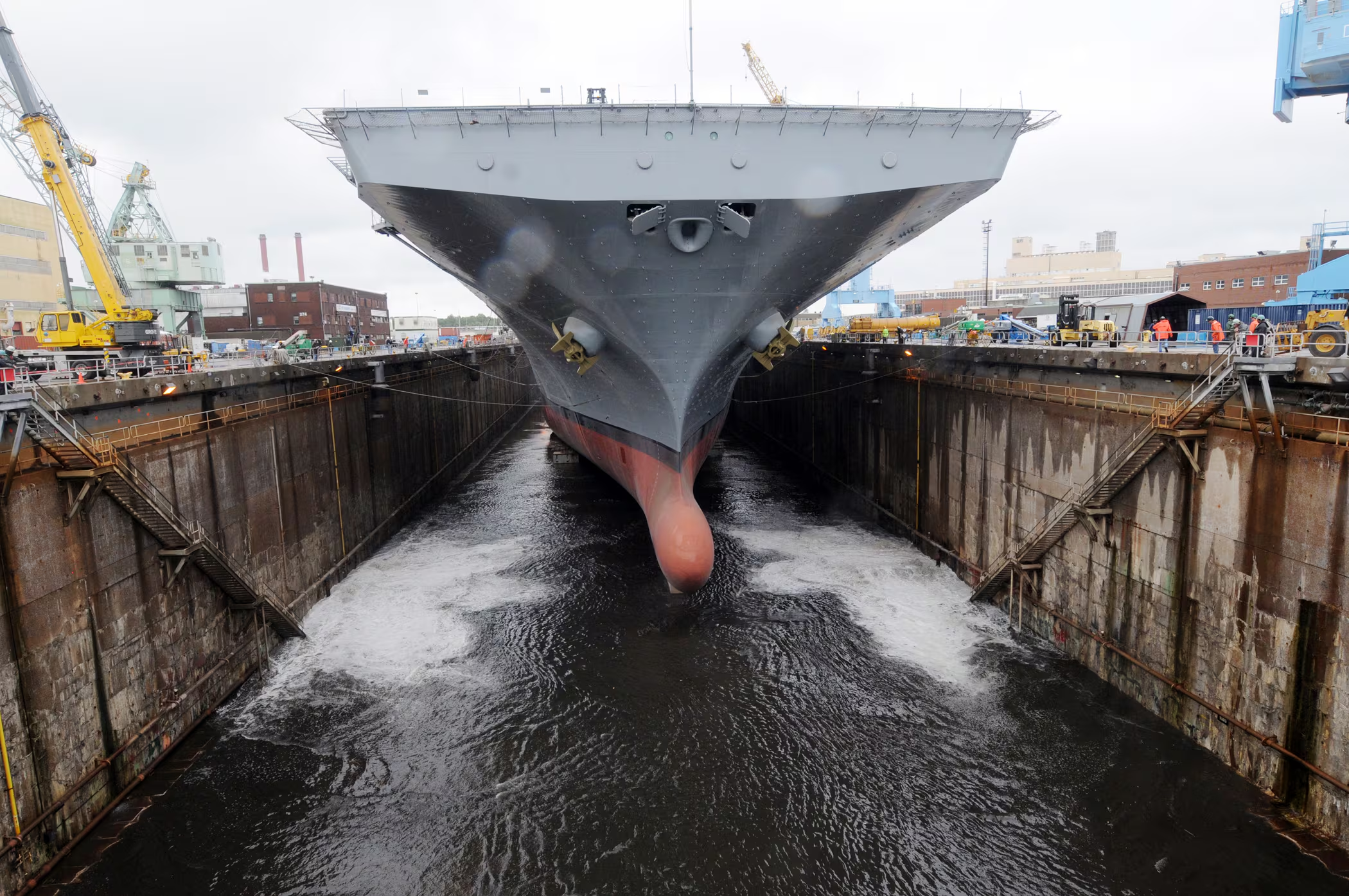WASHINGTON — The Trump administration on Thursday accused Syrian President Bashar Assad’s government of producing and using “new kinds of weapons” to deliver deadly chemicals despite committing to abolish its program in 2013, and said the world must find a way to stop it.
President Donald Trump has not ruled out additional military action to deter attacks or punish Assad, administration officials said, although they did not suggest any action was imminent. They emphasized that the United States was seeking a new way to hold chemical weapons-users accountable and wanted cooperation from Russia, Assad’s patron, in pressuring him to end the attacks.
Raising the alarm about the continued threat, U.S. officials said it was “highly likely” that Assad kept a hidden stockpile of chemical weapons after 2013 that he failed to properly disclose. They said information gathered from recent alleged attacks also suggested that Assad retained a “continued production capacity” — also banned under the 2013 deal.
There were no indications that the Syria government, after seven years of civil war, had developed new, deadlier chemicals. Rather, the officials said Assad’s forces are using the same chemicals — chlorine and sarin — but in more sophisticated ways, potentially to evade international accountability by making the origins of attacks harder to trace.
Barrel bombs used earlier in the war to disperse chemicals indiscriminately, for example, have been replaced by ground-launched munitions, officials said. More recent attacks have involved both chlorine, which has nonchemical uses and is easier to acquire, and the more sophisticated chemical sarin, the officials said.
The officials weren’t authorized to speak on the record and briefed reporters on condition of anonymity.

Though evidence-collection is different in the middle of a war zone, the officials said the U.S. has a firm understanding of the extent of chemical use in Syria through a combination of intelligence, sample testing by third countries, and social media and other open-source information, the officials said.
Assad’s government has denied using chemical weapons. Syria’s chief ally, Russia, has claimed that the reports are false attempts to pressure Syria’s government or provocations perpetrated by opposition groups.
RELATED

Syria and Russia have dismissed the conclusions of the Joint Investigative Mission, an expert body set up by the United Nations and Organization for the Prohibition of Chemical Weapons, that Assad’s government used chlorine gas in 2014 and 2015, and sarin in April 2017. Late last year, Russia used its U.N. Security Council veto to prevent the investigative body from being renewed, arguing it had been discredited. That led the U.S. and other nations to accuse Moscow of covering for chemical use by Assad’s forces.
Use of such widely deplored weapons comes with great risk for Assad, raising questions about why he would take the chance. But the officials said the U.S. believes Assad’s government sees chemical attacks as an effective way to terrorize rebels and sympathetic populations into fleeing, therefore altering the demographic balance in the Alawite heartland where Assad is trying to consolidate control. Assad is a member of the Alawite sect, an offshoot of Shiite Islam that forms a minority of Syria’s population.
Yet Syria’s government isn’t the only chemical weapons threat in the region, according to the officials. The Islamic State group continues to use them, they said, although the militants’ arms are said to be more rudimentary.
Though IS no longer controls large parts of Syria or Iraq, the officials said the extremist group continues to use sulfur mustard, via artillery shells, and chlorine, delivered by improvised explosive devices. The officials noted that the underlying chemicals are easy to acquire or produce, and said the U.S. does not believe IS has gotten ahold of military stockpiles in either Iraq or Syria.
Years of efforts by two U.S. presidents have failed to end the harrowing reports on chemical weapons use in Syria.
Under President Barack Obama, the United States stopped short of striking Assad’s forces in response, but brokered a deal with Russia to rid Syria of its stockpiles. After another alleged attack in April 2017, President Donald Trump ordered a retaliatory missile strike, but 10 months later, the U.S. and international observers say the weapons are still used.
Reports of chemical attacks have continued to stream in from Syria, including as recently as Thursday, when rescue workers in the rebel-held Damascus suburb of Douma reported what they described as a suspected chlorine gas attack that injured a number of civilians. The opposition-run Ghouta Media Center reported in a posting on its Facebook page that three people were killed and dozens suffered shortness of breath as a result of surface-to-surface missiles, some of them carrying chlorine gas.
The reports could not be independently verified and the Britain-based Syrian Observatory for Human Rights, which monitors the war in Syria via activists on the ground, was unable to confirm the reports either. The accounts followed a suspected attack in late January near Damascus that activists and rescue teams said affected nearly 20 civilians.
Associated Press writer Zeina Karam in Beirut contributed to this report.










